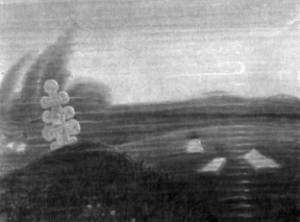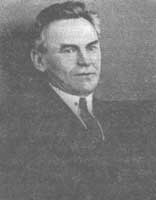
1885 - 1935
Yukhim Mikhailov

description
A Ukrainian painter and book graphics master, art historian and poet.
As a cultural figure, he headed the Kiev branch of the Association of Artists of Ukraine, was a member of the board of the All-Ukrainian Department of Arts, a member of the council of the Kiev Art Academy and headed the N. Leontovich Memorial Committee. As a teacher, he taught a course at the Kiev Dragomanov Higher Institute of Public Education and at the Ceramics Institute (Mirgorod). As a prominent art historian, he wrote deeply informative articles, reviews and monographs (“T. Shevchenko”, “Ceramics in Ukraine”, etc.), published books “A Ukrainian song in Moscow popular print”, “Pottery ceramics in Ukraine” (published in Vienna).
He was arrested on March 27, 1934 in Kiev as “for preparing an armed uprising” and was sentenced to exile in the Arkhangelsk region. There he died a year later and was buried at the Makarikha cemetery (the grave was not preserved). Was rehabilitated in 1989.
Key ideas:
– Yuhim Spiridonovich Mikhailov, generously gifted by nature, is called “the Ukrainian French Symbolist”. Although his work absorbed and assimilated many Eastern and Western influences, it can be confidently interpreted as original and nationally original.
– He enjoyed rethinking universal human “non-national” issues with their search for “new beauty”. However, at the same time, he investigated the national past and the history of the culture of his motherland.
– The artist, who mostly used pastels, tried to convincingly convey both the symbolic meaning and the naturalness of the motive: “Rapids” (1908) impress with their powerful energy, while “Rainbow” (1928) amazes you with a lively play of pure light after a thunderstorm.
– In the monumental triptych “Sonata of Ukraine”, the artist uses a kind of symbiosis – the landscape is so seamlessly intertwined with the plot that it is impossible for them to exist separately, since they are intended to create a symbolic ensemble. Plastic means and interpretation of the image, where the idea of resurrection, the awakening of Ukraine is combined with the affirmation of the eternal life of the Spirit, correspond to the parameters of the whole genre image.
– Mikhailov’s painting “The Seagull” is considered the symbol of Ukraine. The calm river, reflecting the sky and clouds, symbolizes the course of history. According to the definition of the artist himself, the huge bird in the foreground symbolizes Ukraine, which rushes in time.
– Yuhim Mikhailov considered the music of colors his element and was its real creator. His favorite colors are yellow and blue. For the artist they are a symbol of the flourishing of the Spirit, penetrated by the sun and infinite cosmos. That is why blue and gold shades prevail in the palette of the painter.
– The love for life and admiration for the world of nature sound in the still lifes of the artist in their full force. Their compositions are clearly constructive, “hard” built. In each of them, a certain accent, which develops and holds the composition, is thought out.
– With permission from the clergy of Yekaterinoslav, Yuhim Mikhailov applied his own original Symbolist interpretation of images when creating the design of murals and perfect artistic images of the Virgin, evangelists and their symbols, angels in the New Military Church; this was a quite unusual and rare phenomenon in sacred art at the beginning of the 20th century.
1885
1897 - 1910
1911 - 1912
1914 - 1916
1917
1918
1919 - 1920
1920 - 1930
1934
1935
The artist was born
He went to Moscow
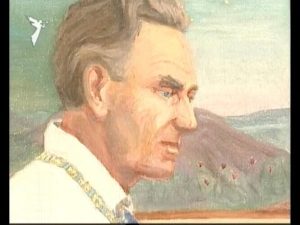
Being drafted into the royal army

Worked at the editorial office of the magazine and newspaper “Nov” in Moscow

Moved with his family to Kiev
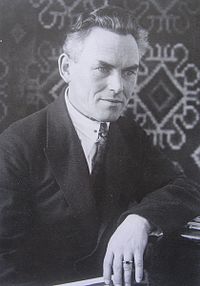
Worked as a teacher
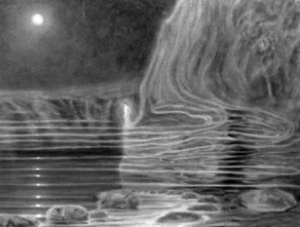
He worked at the Commissariat of Arts
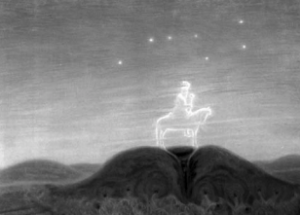
Headed the Committee in memory of N. Leontovich
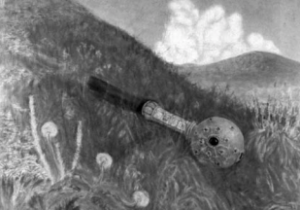
Was arrested
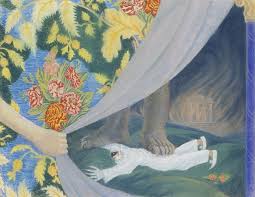
The artist died
